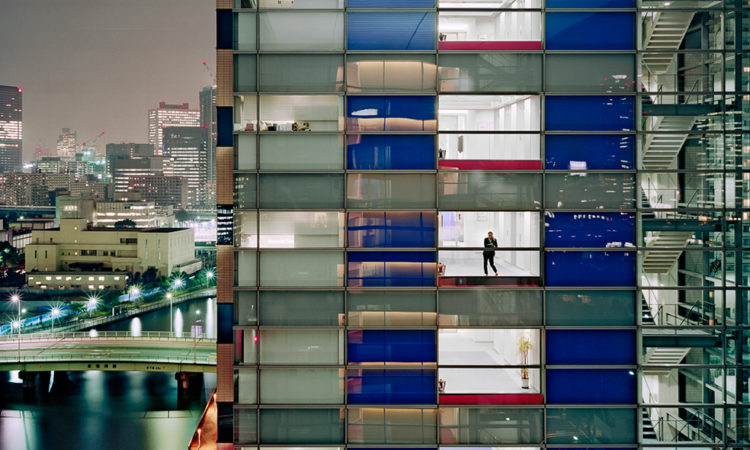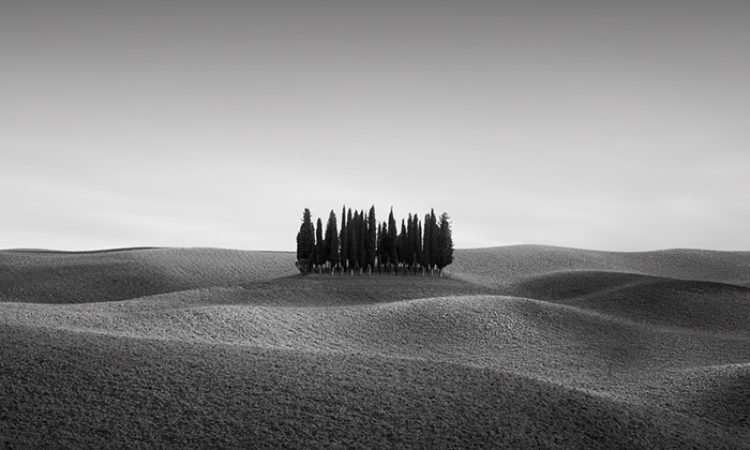GMB Akash is a Bangladeshi documentary photographer. He has received more than 100 international awards and his work has been featured in over 100 major international publications. Akash was born in 1977 in Bangladesh. He works as a photographer for Panos Pictures, UK, and founded the First Light Institute of Photography in Bangladesh in 2013.
His work has been featured in The Guardian, the London Sunday Telegraph, National Geographic, Vogue, The Sunday Times, Newsweek, Geo, Stern, Der Spiegel, The Fader, Brand Ein, Marie Claire, Colors, The Economist, The New Internationalist, Kontinente, Amnesty Journal, Courier International, PDN, Die Zeit, Days Japan and Hello.

© GMB Akash
Website: gmb-akash.com
How did you get interested in photography? Do you have an educational artistic background?
Coming from a background where there was little space for adopting a creative process created difficult circumstances for me. People around me had no idea about photojournalism. At that time parents supported you even if you wanted to be an artist, illustrator or an actor/singer. But ‘photojournalist’ did not exist in the circles I was brought up in. Many days I did not eat to save my pocket money for my photography. I used my tuition to buy films. Even some time when I had no film in my camera and had no money in pocket, I never stopped clicking. I kept clicking knowing I had no film inside my camera. Because I know I had to achieve my dream. Nothing could stop me except myself, so I kept walking. And still now every day I dream to achieve my dream.
Where do you get your creative inspiration from? Is there any other artist or photographer who inspired your art?
The people I photograph are my inspiration. What I find most extraordinary about the work I do is that it opens my eyes to all these little pleasures of life. There is great pleasure in meeting people who are despised by the world, in sharing a cup of tea with them, and discovering that they are still capable of affection, though they themselves go unloved.
I very much admire Sebastiao Salgado. His work is a rich resource of inspiration. James Natchway is also one of the most inspiring photographers as well as an influential person for me. All of his work inspires me. This photographer evokes the wars of the world but delivers the message of peace.

© GMB Akash
How much preparation do you put into taking a photograph or series of photographs? Do you have any preferences regarding cameras and format?
I take time, a lot of time to go deeper into the milieu. During doing any project at first for many days I never take pictures because they would not be good. I would not know the people I met nor understand the place I had just entered at my photography would be bland and meaningless. But there is always that moment when it feels completely natural to open my camera. With time people relax and curiosity in their eyes is replaced with a warm welcome. Suddenly, I have a friendly conversation, or the afternoon light makes them feel at ease. Then I take out my camera and for me and everybody around me, it is the most natural thing to do. There is consent. People do not accuse me, or reject me or pose for me in unnatural ways. They are just there, doing what they normally do. Then I click away. It feels like a conversation; a conversation between me and the people, between me and the location, between me and the light, between me and the souls that make this place alive. During such moments a landscape becomes a soul scape.
My favourite camera is Canon Mark III. Most of the time I use Aperture Priority and I always shoot in Raw format.

© GMB Akash
Tell our readers more about your project “Angels in Hell”.
“Could you exchange a day with me in my place with your own child? Could you deposit your child to labor in such a place for a day to get $1? If you can’t, can you please do something for us?”
Frequently faced with these questions from young children who are forced into unimaginable working conditions in Bangladesh from very early ages, I was compelled to document this child labor situation in a photographic series ‘Angels in Hell’. I started documenting these working children’s lives 15 years ago as a photojournalist. Down in these deadly factories the word, childhood disappears as early as the age of five. Rapid maturity is all that will keep them alive. Their silent cries echo from wall to wall in the Hell which is considered a blessed place in order for them to earn bread. Their compact workstations in the fiery factories or even on the dusty brick-making lands are places where they are growing up independently.
The danger and hardship are same in textile factories, brick factories, tanneries, the balloon factory, rickshaw factory, tannery, dump yards, motor parts factory, mirror making factory, coal and cigarettes factory. There is no single risky job where a child laborer cannot be found. For many of them jeans with a torn shirt is their everyday wear and banana with bread is a delicious meal.
Escaping from an unfathomable situation where 7.8 million angels working in Hell are looking to you for a solution which is a terrifying impossibility. I attached my life to them and thus the story began. In August, 2013, I founded my photography school, First Light Institute of Photography (www.firstlightphotoschool.com) where we offer workshops and events to young aspiring photographers for low tuition. We aim to educate impoverished children. We have started to give basic education to children who are living in the streets, slums and villages as well as children who are working as miserable child laborers. We want to try to help all the angels that we can who have no access to 21st century education which will enable them to get out of their Hell. Besides completing my photographic project of these discarded child laborers, my immediate goal is to produce ‘Angels in Hell’ in the form of a photography book which would create awareness and I plan to use the proceeds of the book sales as fuel to provide the schooling of the unprivileged children of Bangladesh.

© GMB Akash
Where is your photography going? What are you currently working on and do you have any photographic plans for future?
I am based in Bangladesh. Basically I move from here to there. In any of my projects I never show my camera first, I mix with people, I try to become one of them. I travel randomly even a single place only to grab their story inside me. My main concentration is to focus on people who are suffering eternally and dying every day in the struggle for life. I go for covering all hardship of lives around the world. Any human story which strengthens me is my project. I am in an endless journey towards an infinite route, only to find a real world of humanity. This thirst is eternal. I will keep walking, touching every face I drop through my lens. I will show the world – those unknown stories of sufferings. If a single hand comes to give them a shade that will be the real honor to my sweat.
I am working on my upcoming book, ‘Angels in Hell’. I plan to publish this photo series in the form of a book and will try to use it as a source of continual funding for our unprivileged children’s’ education. We believe that when many small people in many small places do many small things, they can change the face of the world.
What are your three favourite photography books?
Inferno by James Nachtwey, Alex Webb Suffering of Light, Steve McCurry: The Iconic Photographs
What do you do besides photography?
I always follow my heart’s map; I go to places where my heart takes to me. In short I am travel-holic. I save every single penny that I have after basic necessities for traveling. I am kind of a messy person. Not a big planner. I love traveling. There are places I go for hundreds of times but which never bore me. Every visit is a new discovery and invites new stories. I follow my map-less heart that takes me to the destination that is most desired at the time.

© GMB Akash

© GMB Akash

© GMB Akash
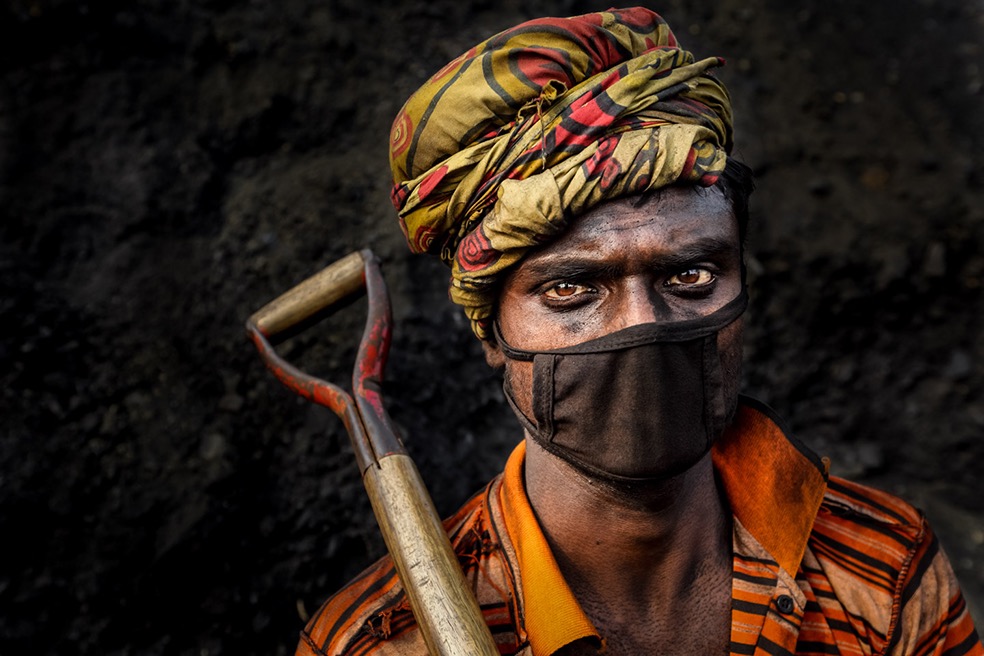
© GMB Akash

© GMB Akash

© GMB Akash

© GMB Akash

© GMB Akash

© GMB Akash
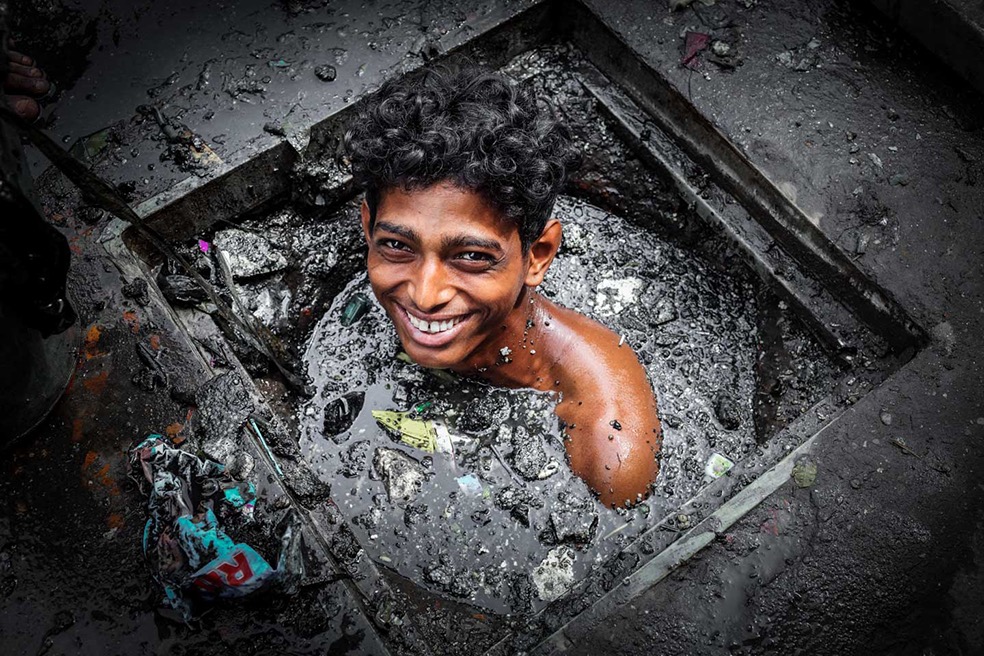
© GMB Akash
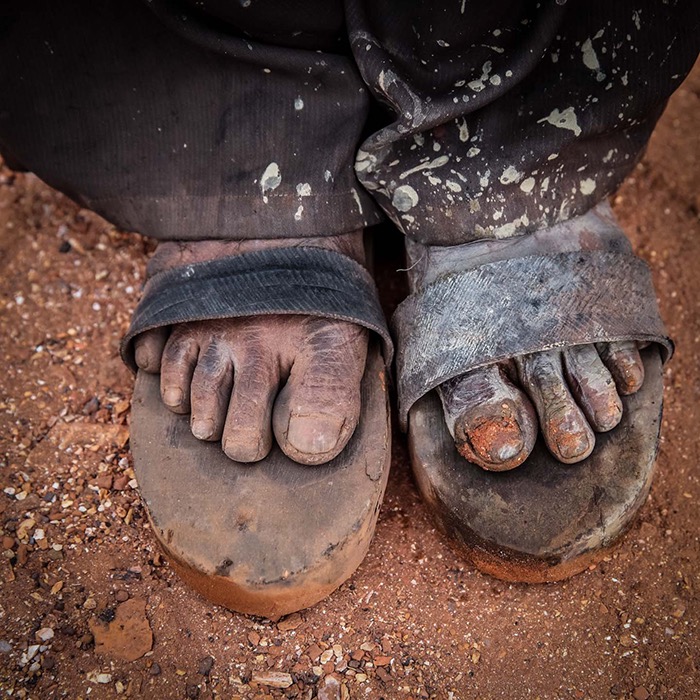
© GMB Akash

© GMB Akash

© GMB Akash

© GMB Akash

© GMB Akash

© GMB Akash

© GMB Akash


